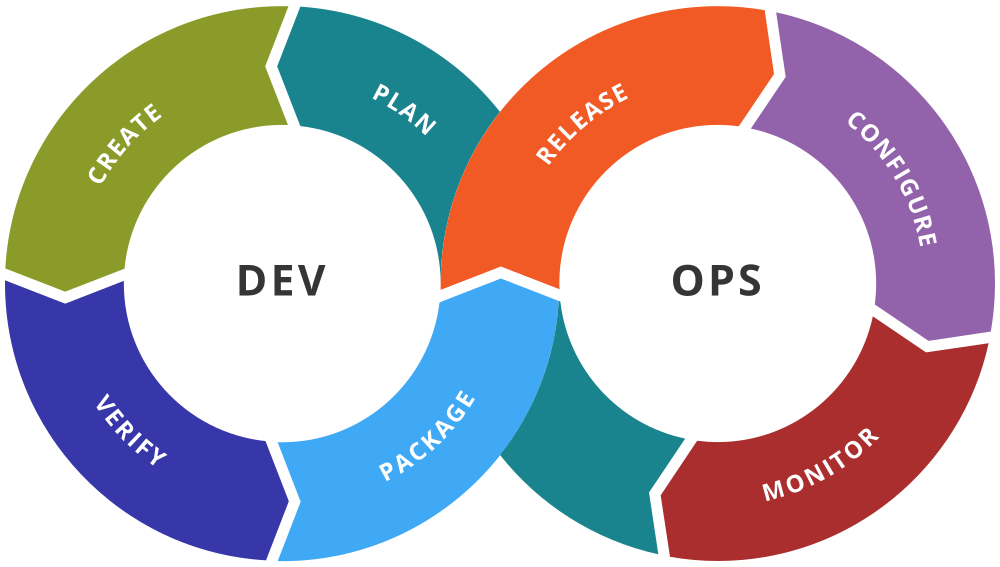Integration / versioning / deployment
Waterfall integration
- Each developer would work on the code independently
- Alice has a copy of the code, she’s trying to add a new authentication mechanism.
- Bob has a separate copy of the code, he’s trying to fix bugs reported in a previous version
- Charlie has a third copy of the code, he’s trying to add a reporting mechanism.
- After our 3 devs finish their independent changes, they need to merge them together into the main product. This merge is called “integration”.
- Difficulty of integration depends on:
- How extensive the changes are
- How much they changes overlap or conflict
- Both of those are related to how long the changes took.
- Easier to integrate if we’ve been working independently for a short time (hours or days) than for a long time (weeks or months).
- If last integration was a long time ago, we end up in “integration hell”.
Continuous integration
- Avoid “integration hell” by merging at least daily, sometimes merge multiple times per day.
- The “CI” terminology comes from Grady Booch, 1991 book on OOA&D.
- Was promoted heavily with XP = “Extreme Programming” by Kent Beck, early 2000s.
- Relies heavily on being able to automate building and testing.
- We have a “baseline” branch, or a “trunk”, or “master” that contains every commit made every day.
- Want the automatic build and test steps to be fast.
- Reduce by parallelizing on a build server, or build farm.
- For libraries, want to build and test for different versions of language, tools, dependencies.
- Existing services/tools: Travis CI, Circle CI, GitLab CI, Atlassian Bamboo.
- Continuous delivery: upload built code to server for users to download.
- Continuous deployment: built code “goes live” on web site immediately from CI service.
- Many CI systems support “badges” to indicate publicly and widely the state of the build, coverage, etc.
Release management
After integration and testing, next steps include things like tag, bundle, deliver, and/or deploy.
Tagging means assigning the source an “external” version number.
Semantic versioning is a precise way to construct version numbers.
Important to be able to retrieve a version number from within an application. (Also can put git commit ID, timestamp.)
Delivery/deployment has changed over time, and depends on the nature of the project.
- Shrink-wrap software – CD/DVD in a box with a plastic wrapper.
- Click-wrap software & app stores
- SaaS = Software as a Service (web-based software)
- Custom/proprietary deployments
DevOps…
